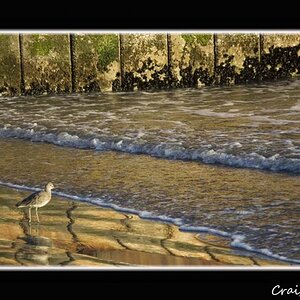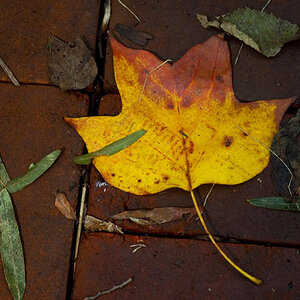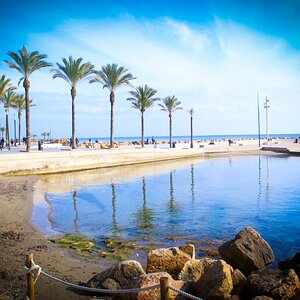Rick58
Been spending a lot of time on here!
- Joined
- Jun 23, 2012
- Messages
- 4,227
- Reaction score
- 1,473
- Location
- Reading, Pa
- Can others edit my Photos
- Photos OK to edit
Question,
What is the highest pixel count file required to print the highest quality 8x10.
The lower end is obvious, but at what point is are you just wasting space or even degrading the photo?
What is the highest pixel count file required to print the highest quality 8x10.
The lower end is obvious, but at what point is are you just wasting space or even degrading the photo?



![[No title]](/data/xfmg/thumbnail/30/30863-8c53522e4ed851e96cb7411e74b9fe59.jpg?1619734482)



![[No title]](/data/xfmg/thumbnail/40/40288-4d5d7a8aa74ddfceb5fb82062d9b21be.jpg?1619739409)

![[No title]](/data/xfmg/thumbnail/35/35952-55c8d42ec1c6ff0e13b45356cbf9c068.jpg?1619737263)
![[No title]](/data/xfmg/thumbnail/40/40287-4f839095000f74d779b90ed75df9dc62.jpg?1619739408)
![[No title]](/data/xfmg/thumbnail/40/40284-f59f6230f0d5b9eacf977f8b0392f087.jpg?1619739407)
![[No title]](/data/xfmg/thumbnail/41/41782-daa26990361bf4193a874908bda10dbb.jpg?1619739891)

